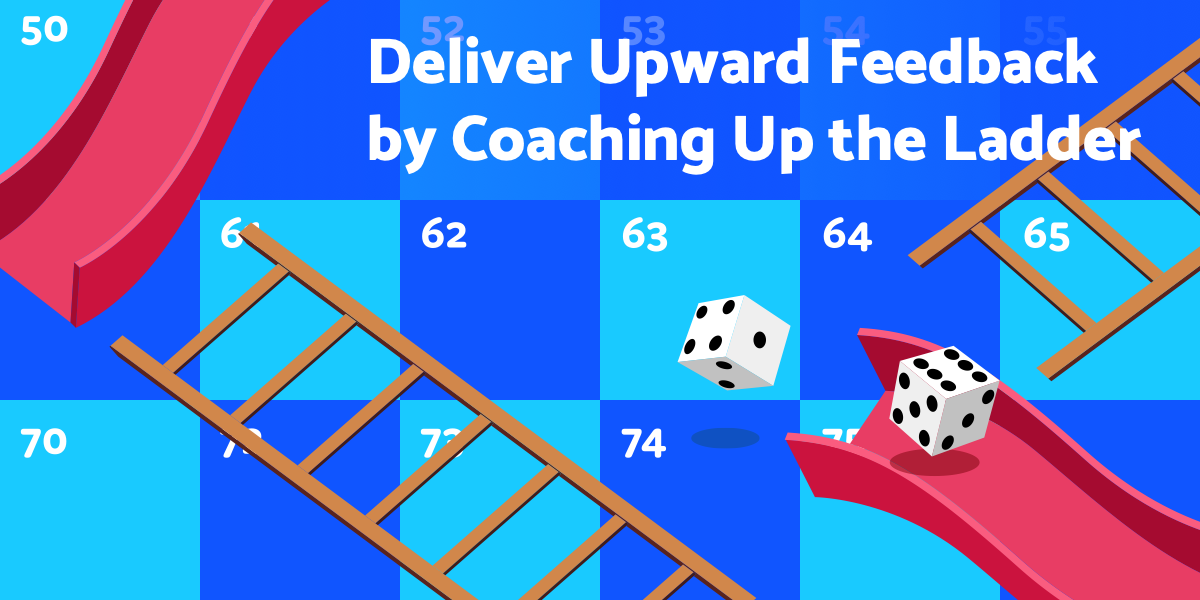


Everyone deserves a coach, right? Yes! Caleb Allen highlights what a coaching cycle between ICs and their leadership teams looks like and a framework you can use to conduct your next one.
I
nstructional coaches play an essential role in the impact of teaching and learning at the classroom level. But did you know that they can also impact school improvement and leadership capacity by coaching at the administration level?
When coaches help leadership teams analyze their instructional leadership’s impact, everyone in the school benefits! Administrators benefit from collecting and analyzing the impact they have on daily instruction in the school, which leads to greater collective efficacy for leaders.
Teachers benefit from hearing common language and an instructional leadership focus that aligns with the school’s vision and goals. Students benefit from the intense focus on improving student learning that stems from conversations that instructional leadership teams are having in partnership with their teachers.
The coaching cycle for administrators
Coaching up the ladder means digging into the coaching cycle to help administrators and leadership teams analyze and understand their impact on teaching and learning.
It begins by identifying a goal aligned to the school’s vision. From there, it moves to understand the instructional leadership actions that will help improve the vision and then analyzes the impact of instructional leadership on teaching and learning. As Peter Dewitt asks in his podcast episode Leaders Coaching Leaders: Building Up Your Leadership Teams, “what evidence are we collecting to understand our impact?” When coaching up the ladder, a process for understanding the impact of instructional leadership is key throughout the coaching cycle.
So, what data might a coach recommend leadership teams analyze? Maybe you’re focused on a goal of getting more classrooms to use cooperative learning strategies to get students talking more. If so, your evidence could be the number of teachers the instructional leadership team has seen using those strategies in walkthroughs. This evidence helps administrators review and understand what impact they’re having.
In addition, coaches can lead teams through various protocols to help them understand their impact and make adjustments.
- The tuning protocol allows leaders to reflect on a conversation they had and its impact on student learning.
- Paired with the tuning protocol, a question deep-dive gives other participants a way to use questioning to help the leader think through the next steps.
- Success analysis helps teams analyze the success they’ve had and pinpoint what contributed to that success.
Getting on the same page
Coaches can influence leaders’ feedback and conversations with teachers by guiding everyone to be on the same page. Coaches can use a common framework for feedback and action steps to guide administrators and leadership teams’ conversations with teachers. A framework is helpful to guide the discussion between leaders and coaches in determining building or classroom action steps that can take place. This framework ensures that leaders and coaches use the same language for instructional leadership.
Using this framework, coaches and admin teams can discuss what instruction they have seen across the building. Together the coach and leadership teams can influence the action steps that fit the school’s needs best based on the observational data they have. When coaches can influence teaching and learning discussions that school leadership has with teachers, everyone in the building hears a common language, leading to a concentrated effort toward achieving goals.
Bonus: Here’s a link to the Coaching Focus Framework I like to use.
Final note
Not only do coaches influence what happens in classrooms, but they also have a major impact when coaching up the ladder. When administrators or leadership teams participate in the coaching cycle, understand the influence and effect on teaching and learning, and leadership and coaches partner to communicate a common language, everyone in the building benefits.
About our Guest Blogger
Caleb Allen is an instructional coach driven by his why: to empower others to take their learning beyond the walls of the school and to spark ‘wow’ moments. His mission is to be an efficacy enhancer and help educators understand the true impact they have on a daily basis for students.
Be sure to follow Caleb on Twitter @CalebCAllen!
{{cta(‘352a410e-db79-4f33-a482-d301e8041965′,’justifycenter’)}}
Stay Connected
News, articles, and tips for meeting your district’s goals—delivered to your inbox.








